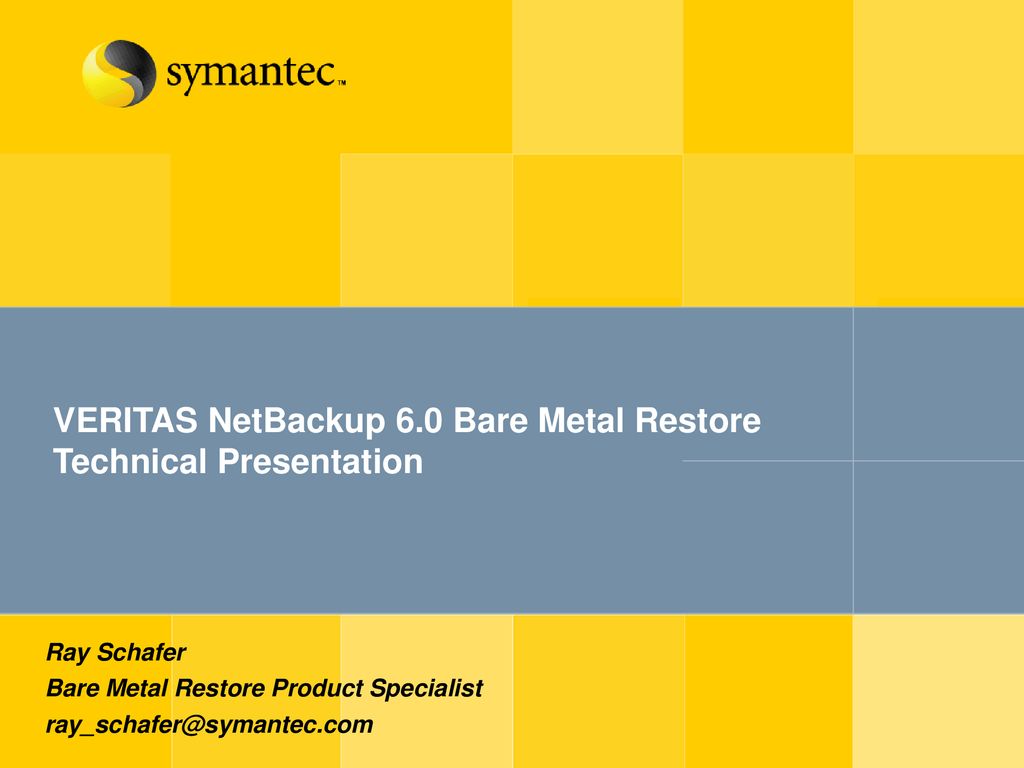
VERITAS has provided an Array Support Library (ASL) that must be installed on the same host system as the Volume Manager software to enable the software to recognize the Sun StorEdge 3320 SCSI array. Follow the procedure to download the ASL and the accompanying installation guide for the Sun StorEdge 3320 SCSI array from the Sun Download Center. The Library Manager is a software program that provides intelligent library control for StorageTek SCSI tape libraries, including the Timberwolf (97xx) libraries and the L Series libraries. The Library Manager’s management and control features include the ability to bring SCSI libraries online and offline. Check SCSI subsystem. The speed of the disk controller and hardware errors caused by the disk drive, the tape drive, the disk controller, the SCSI bus, or the improper cabling/termination can slow performance. Ensure that the controller is rated for the tape backup hardware and that the SCSI Bios Settings are set properly. The communication method the robotic control software uses; SCSI and API are the two main methods. The physical characteristics of the robot. Library refers to a large robot, in terms of slot capacity or number of drives. The media type commonly used by that class of robots.
You can use either the sanlun command, the iscsiadm command, or the iscsi command to view the LUNs configured on your Linux host. The examples in this section show the type of output you would see if you ran one of these commands on your Linux operating system in an environment running VxDMP .
The tool you use depends on your version of Linux and what you would like to view. The sanlun command displays the host device names and the LUNs to which they are mapped. The iscsiadm command lists the available storage systems and LUNs.
The following sections provide examples of the type of output you would see if you ran one of these commands in a specific environment; for example with iSCSI and DM-Multipath on Red Hat Enterprise Linux 5 series.
- FC running sanlun
- FC running vxdisk
- (Red Hat Linux) Software iSCSI running sanlun
- (SUSE Linux 10, 11) Software iSCSI running sanlun
- (Red Hat Linux) Software iSCSI running iscsiadm
- (SUSE Linux 10, 11) Software iSCSI running iscsiadm
Data ONTAP operating in 7-Mode with FC example of using sanlun to view LUNs
This example shows sample output from the sanlun lun show all command when it is issued in a Host Utilities environment that is running the Data ONTAP operating in 7-Mode with FC and Veritas Storage Foundation.
If you executed the sanlun lun show all command in a Data ONTAP operating in 7-Mode FC environment, you would get the following output:
FC example of using vxdisk to view LUNs
This example shows sample output from the vxdisk list command when it is issued in a Host Utilities environment that is running the FC protocol. The vxdisk list displays the LUNs on the VxVM disks:
Data ONTAP operating in 7-Mode with iSCSI example of using sanlun to view LUNs
Veritas Software Scsi & Raid Devices Driver Download
This example shows sample output from the sanlun lun show all command when it is issued in a Host Utilities environment that is running the Data ONTAP operating in 7-Mode with iSCSI and Veritas Storage Foundation.
If you executed the sanlun lun show all command in a Data ONTAP operating in 7-Mode iSCSI environment, you would get the following output:

(Red Hat Enterprise Linux 5) Software iSCSI example of using iscsiadm to view LUNs
This example shows sample output from the iscsiadm command when it is issued in a Host Utilities environment that is running the iSCSI protocol and Veritas Storage Foundation on a Red Hat Enterprise Linux 5 series system.
(SUSE Linux 10, 11) Software iSCSI example of using iscsiadm command
This example shows sample output from the iscsiadm command when it is issued in a Host Utilities environment that is running the iSCSI protocol and Veritas Storage Foundation on a SUSE Linux Enterprise Server 10 or 11 system.
Part number: 215-08113_C0
September 2014